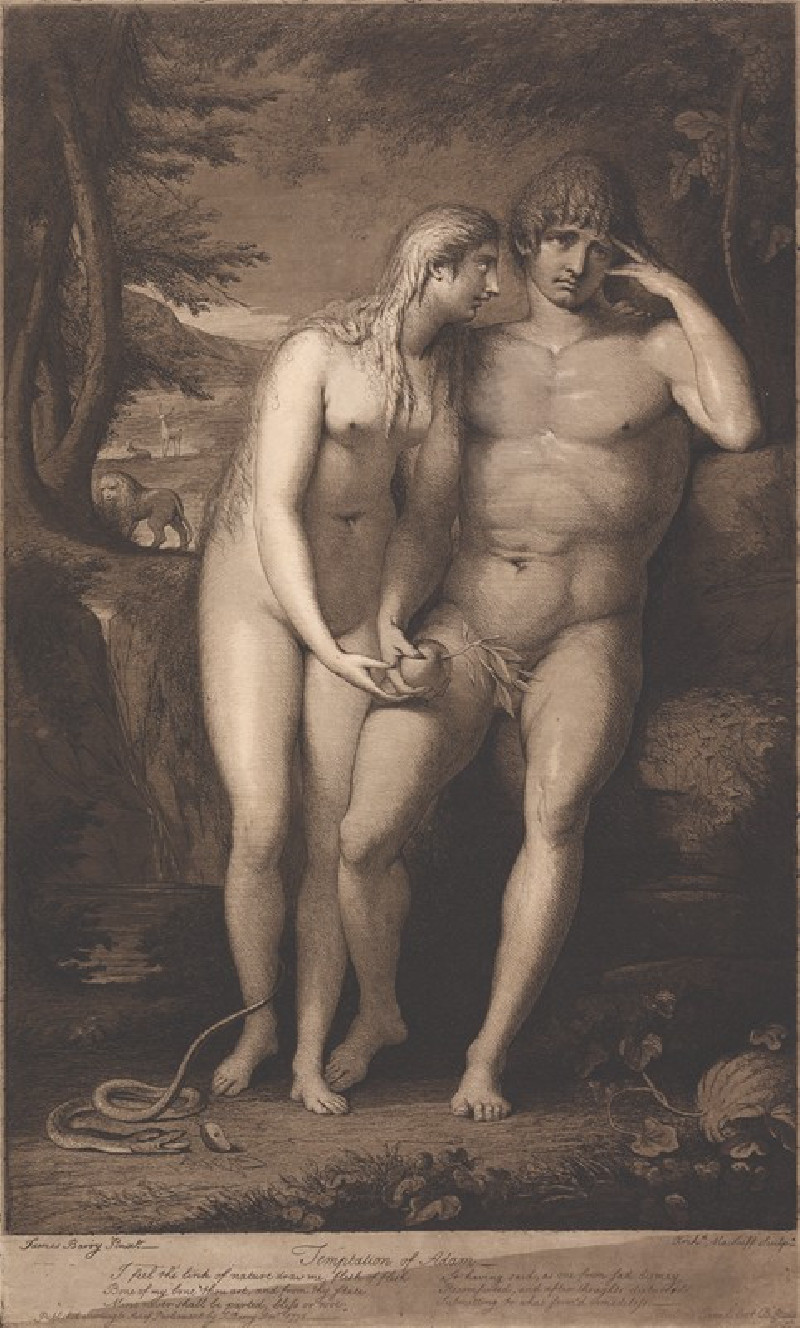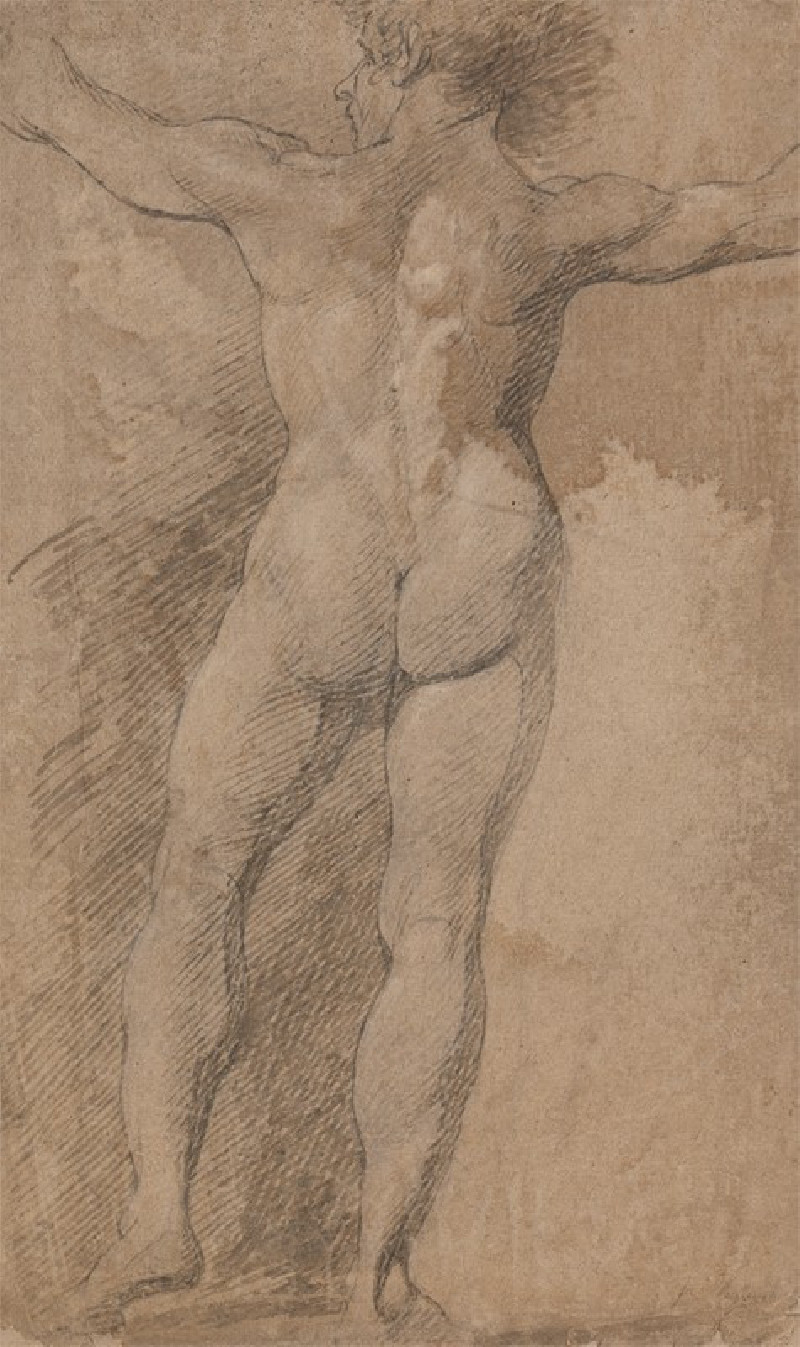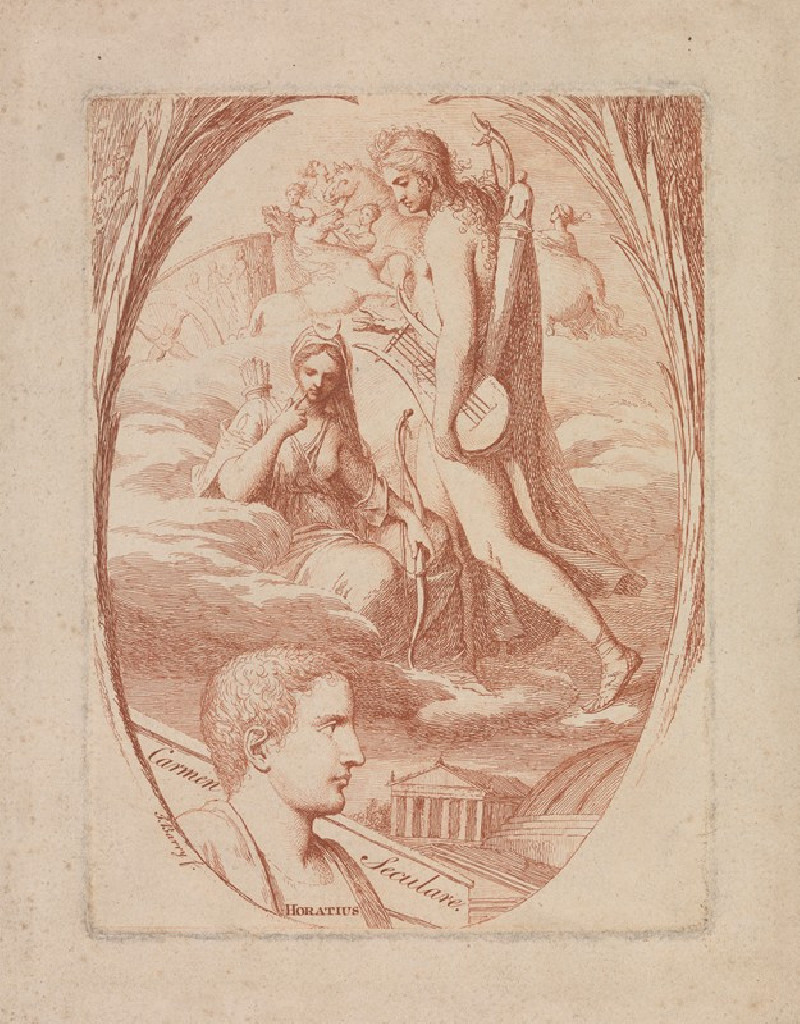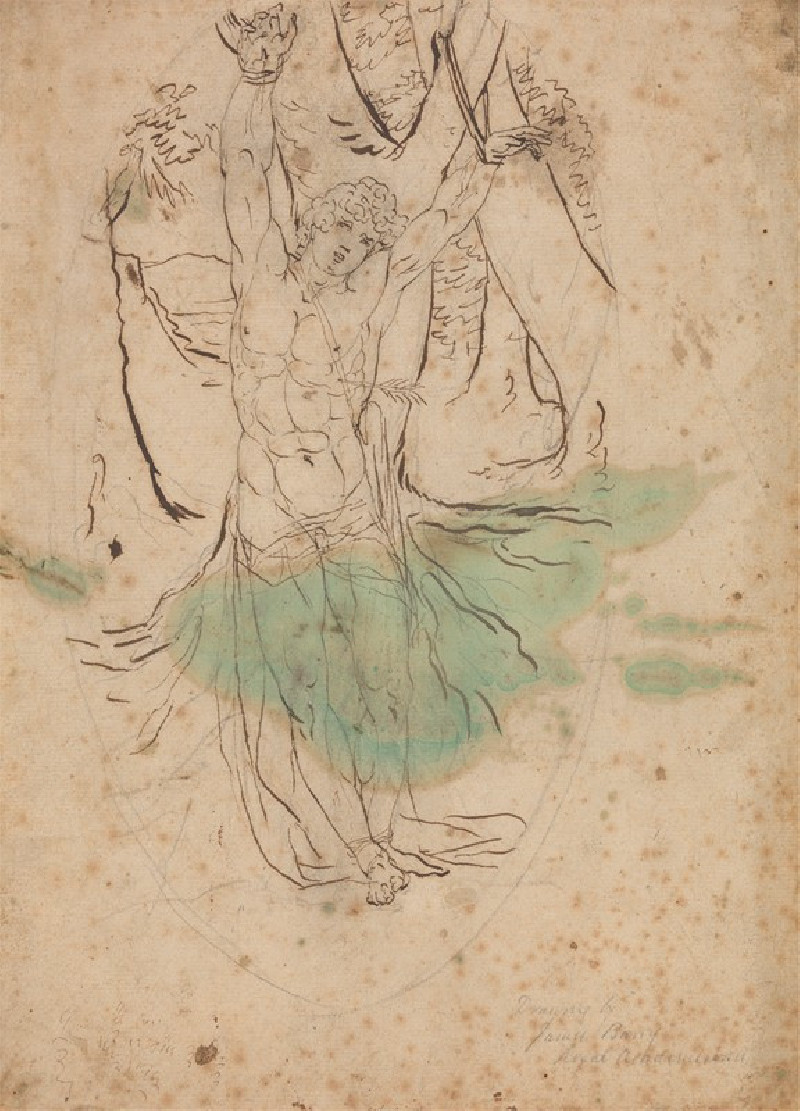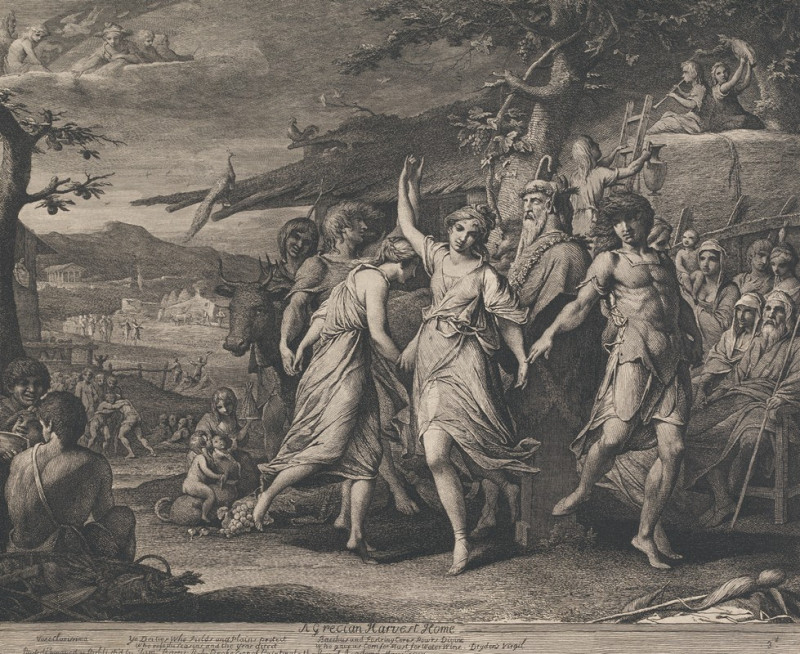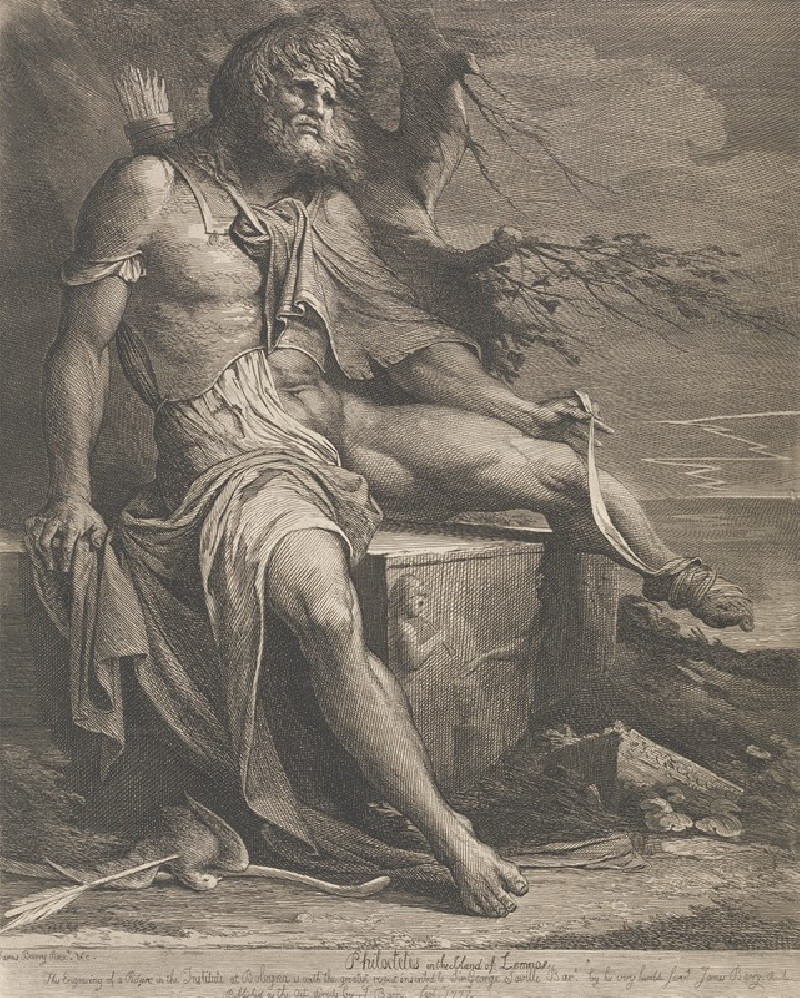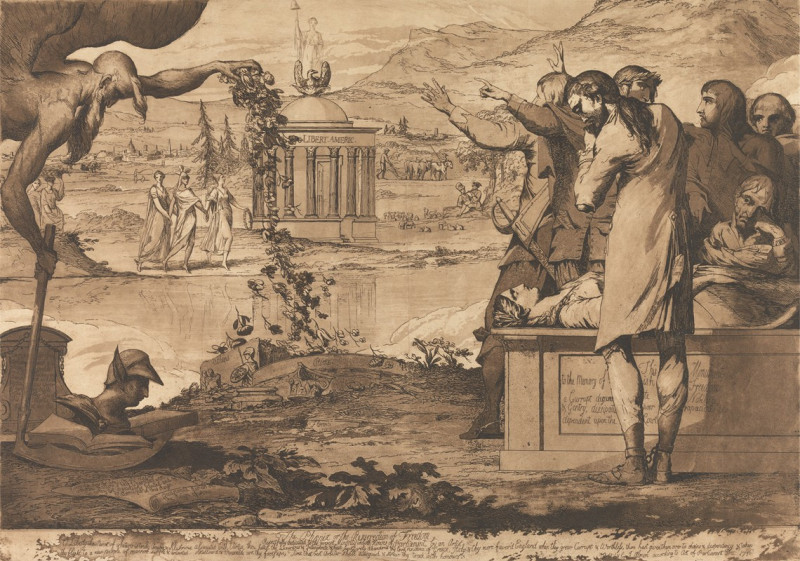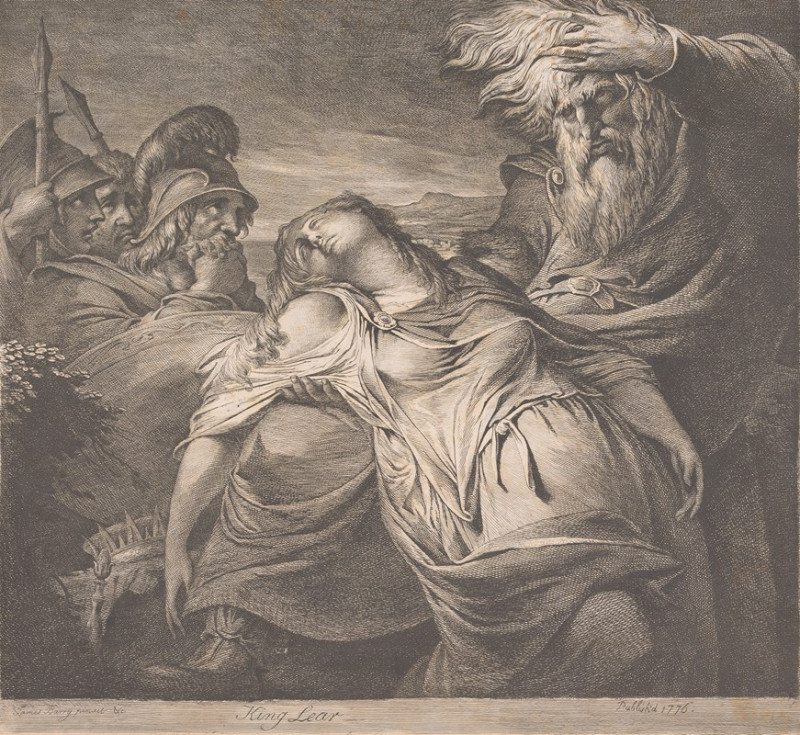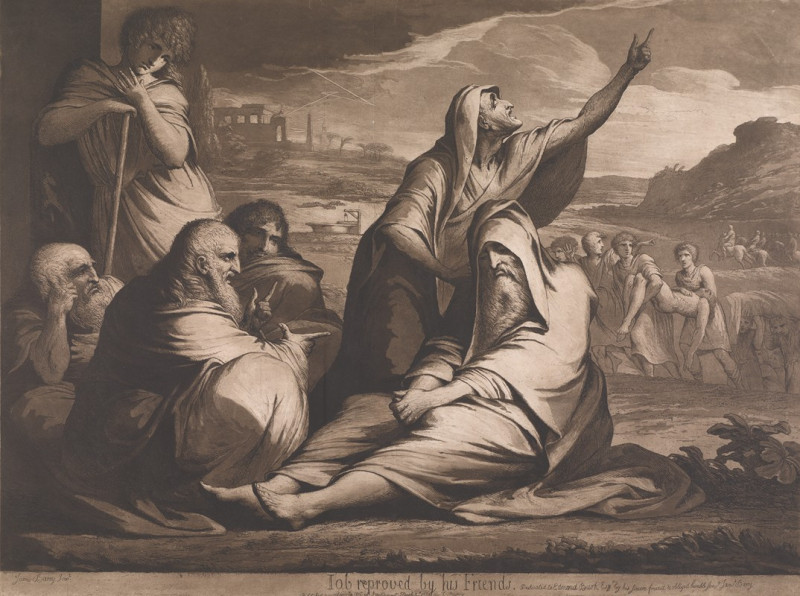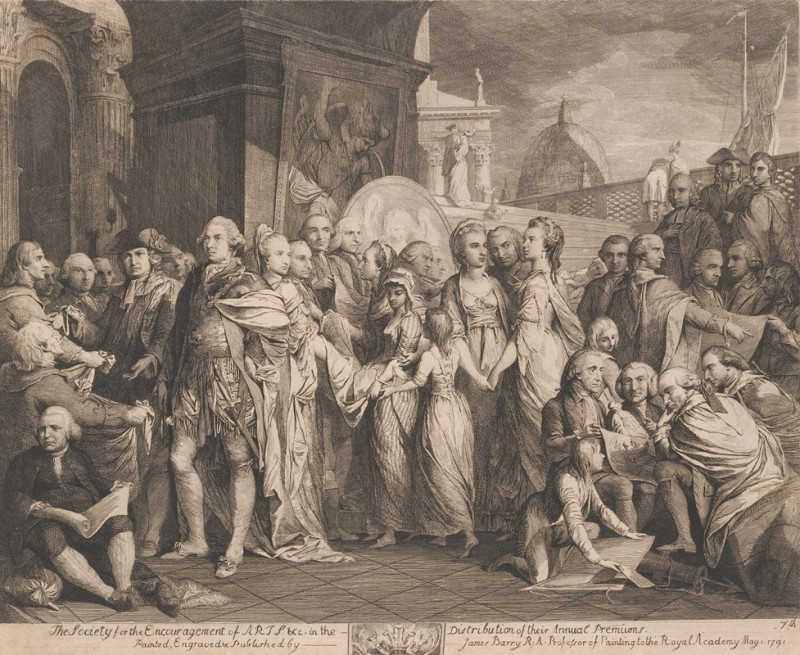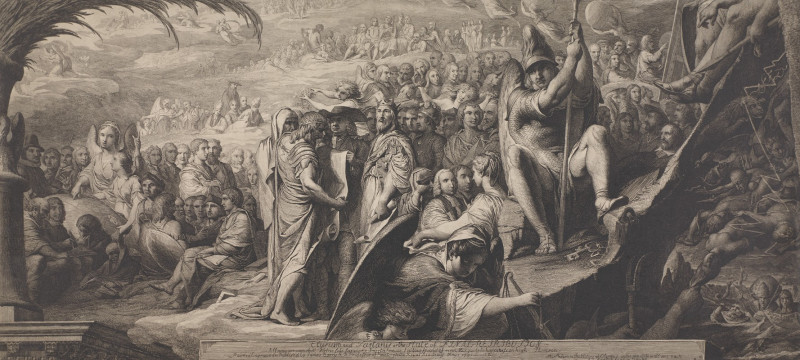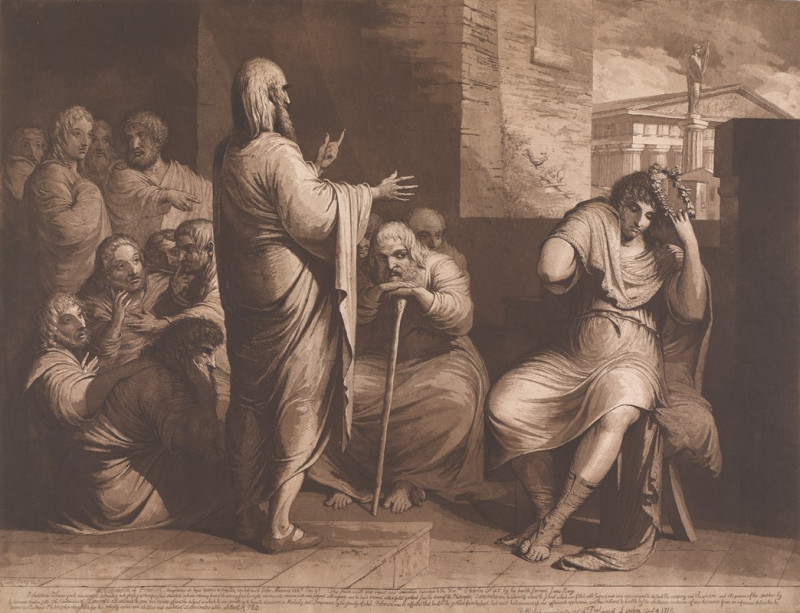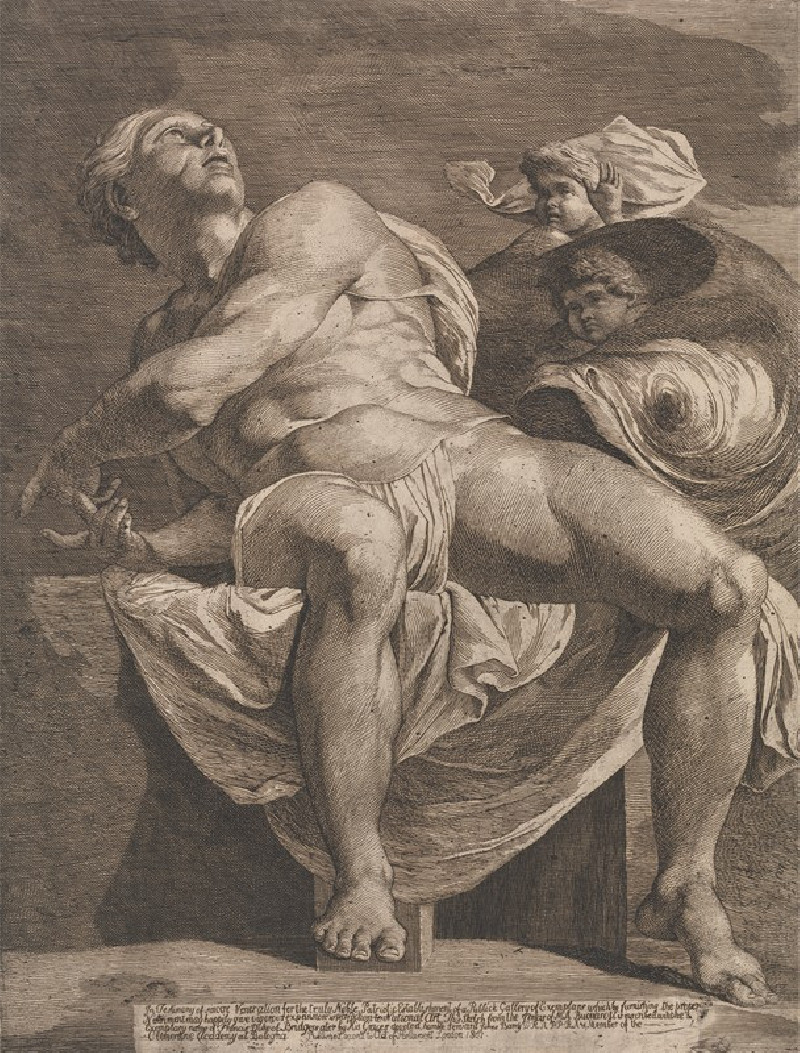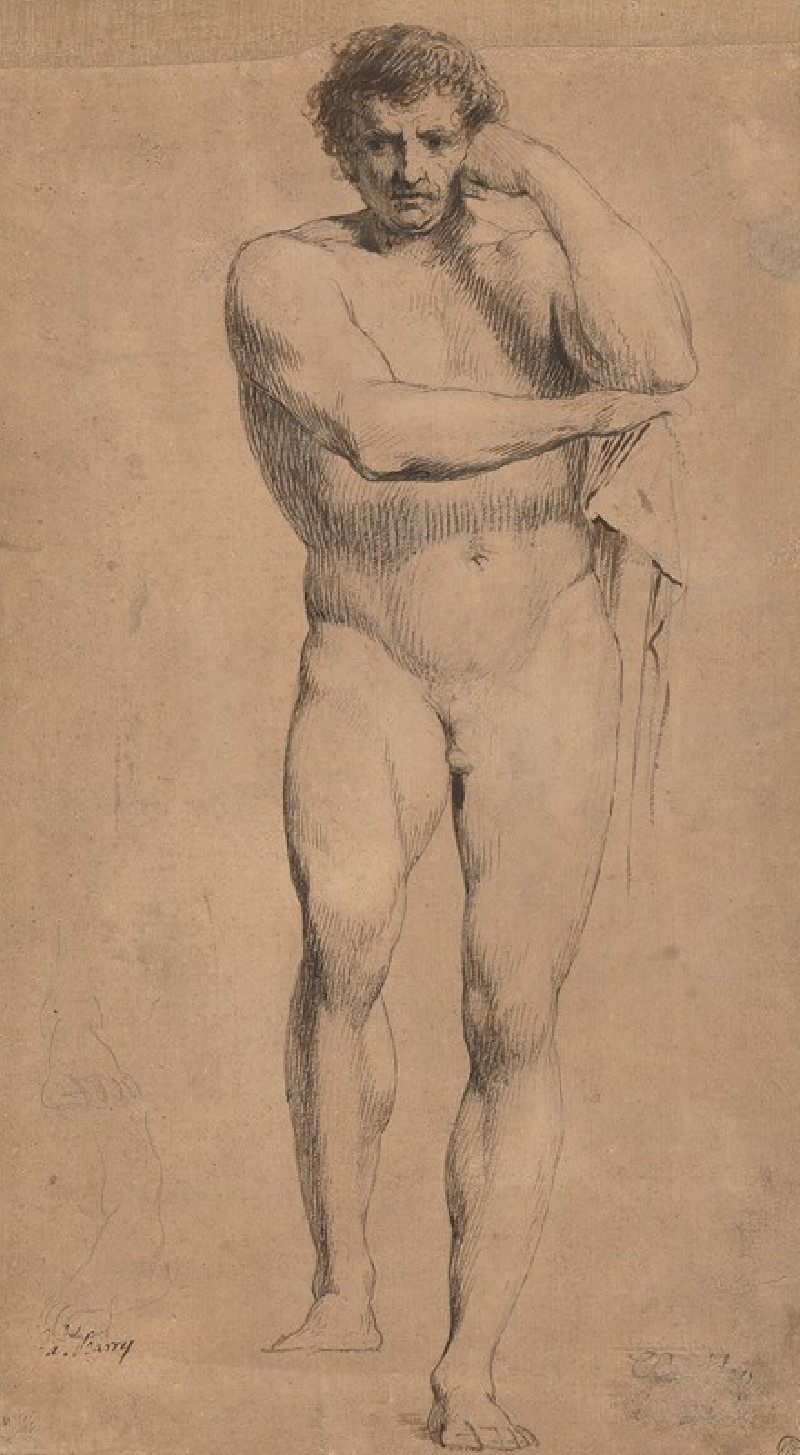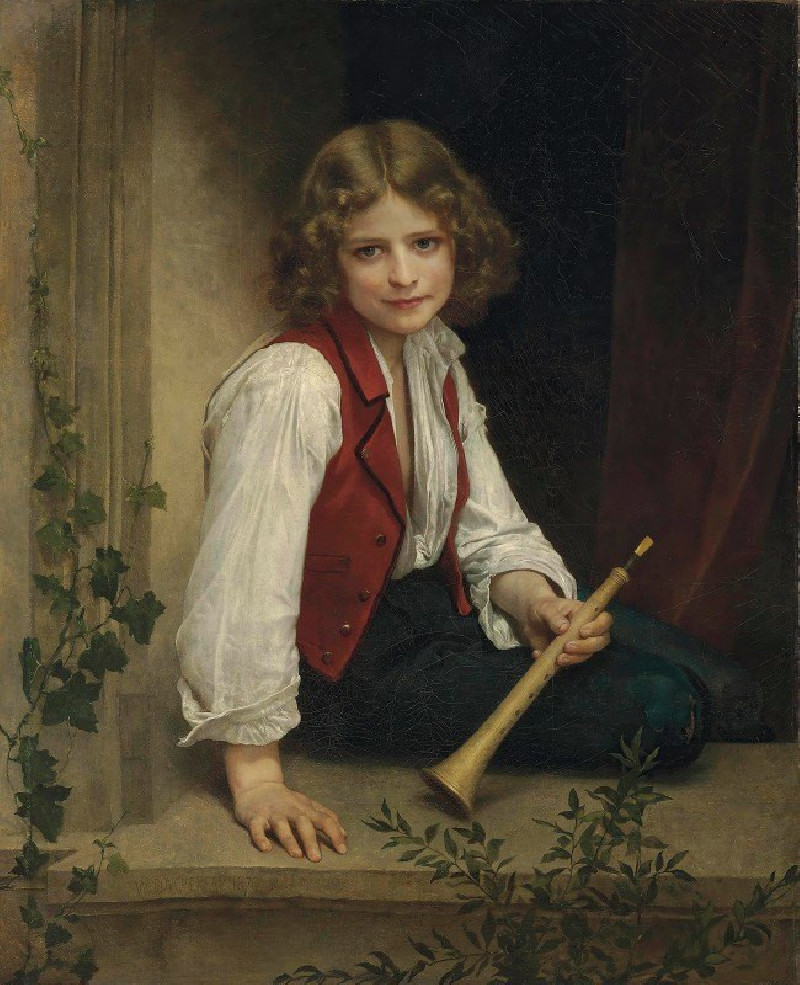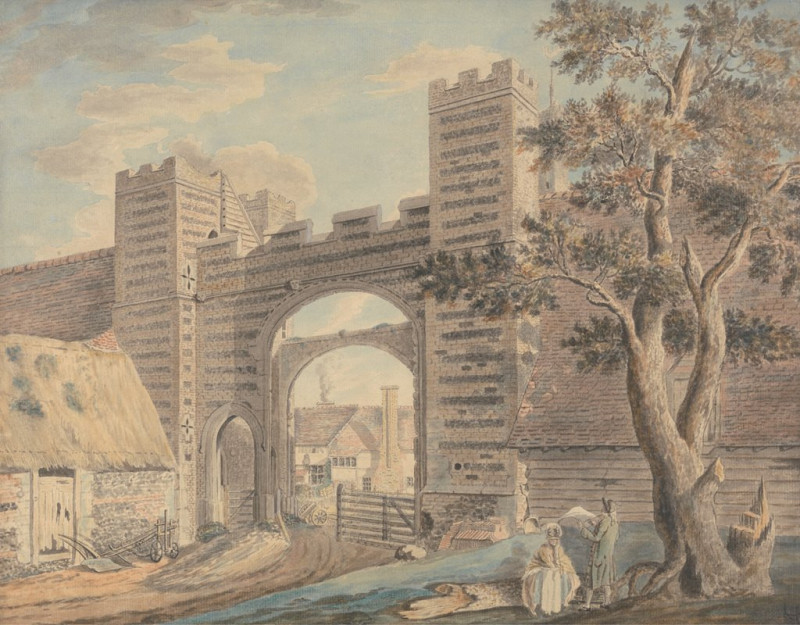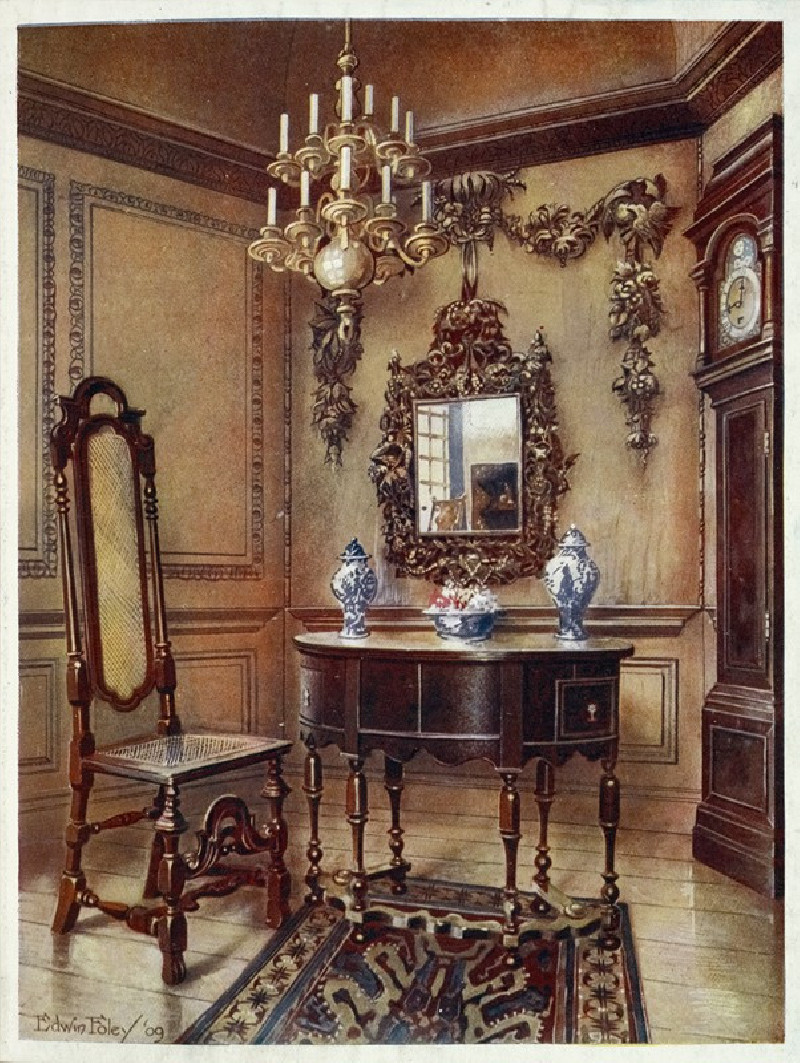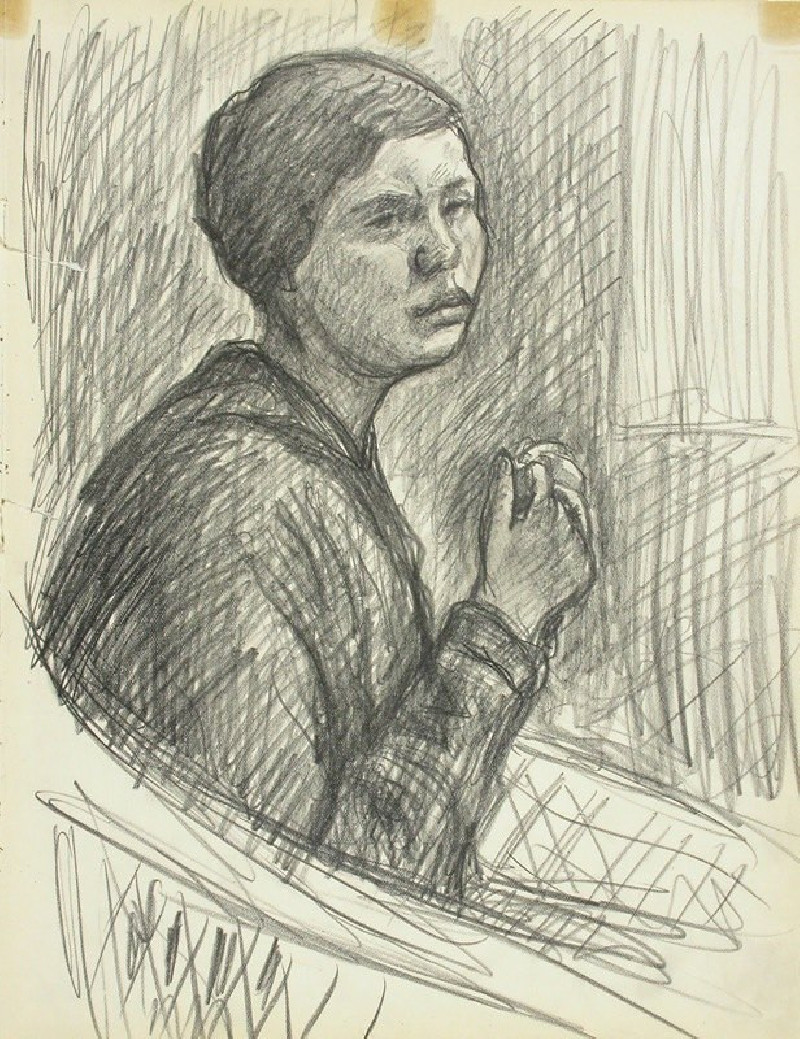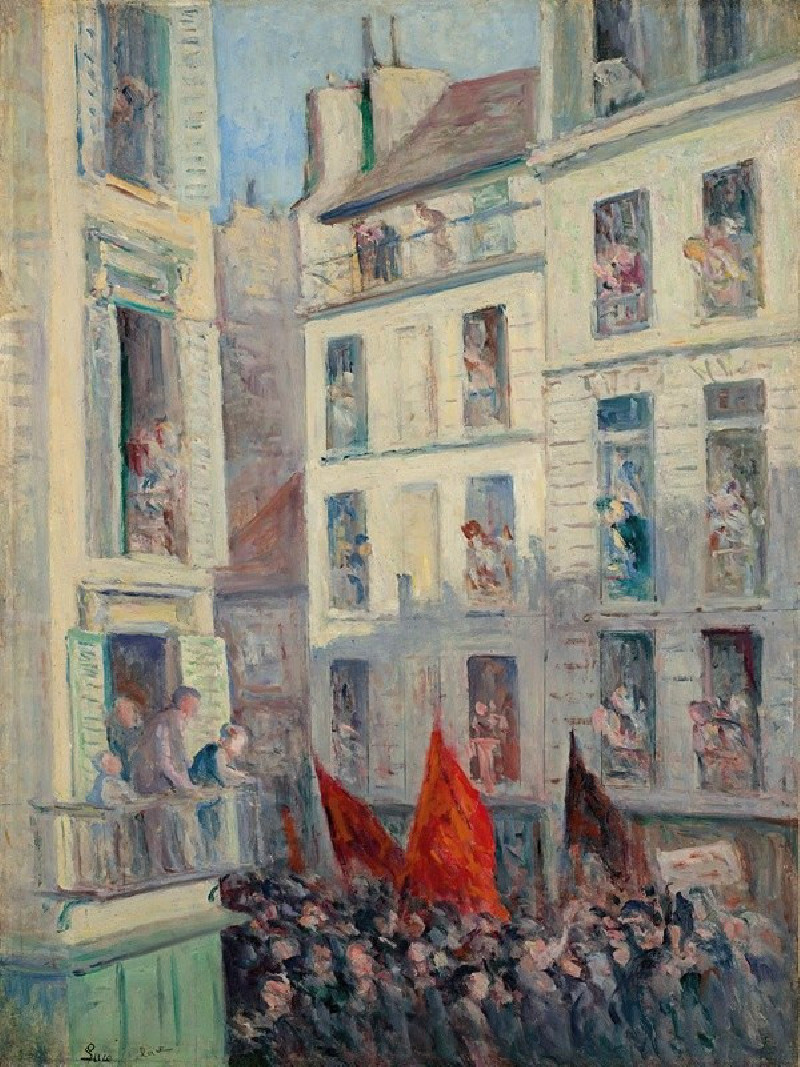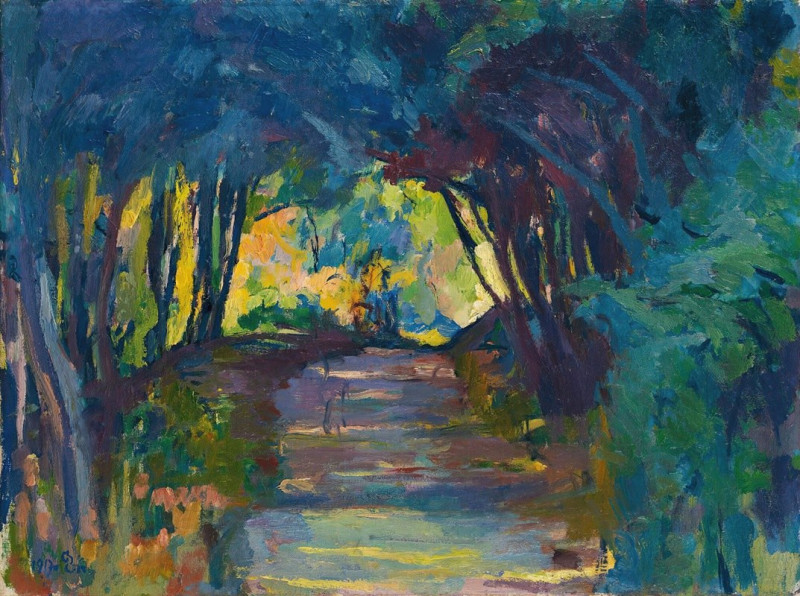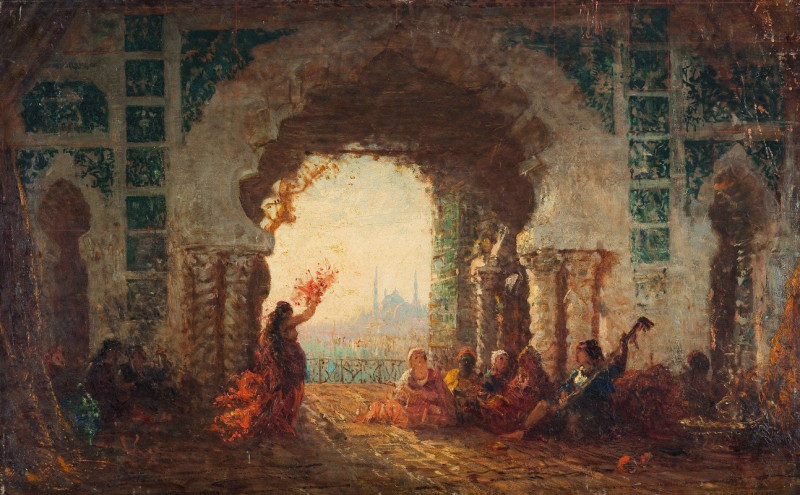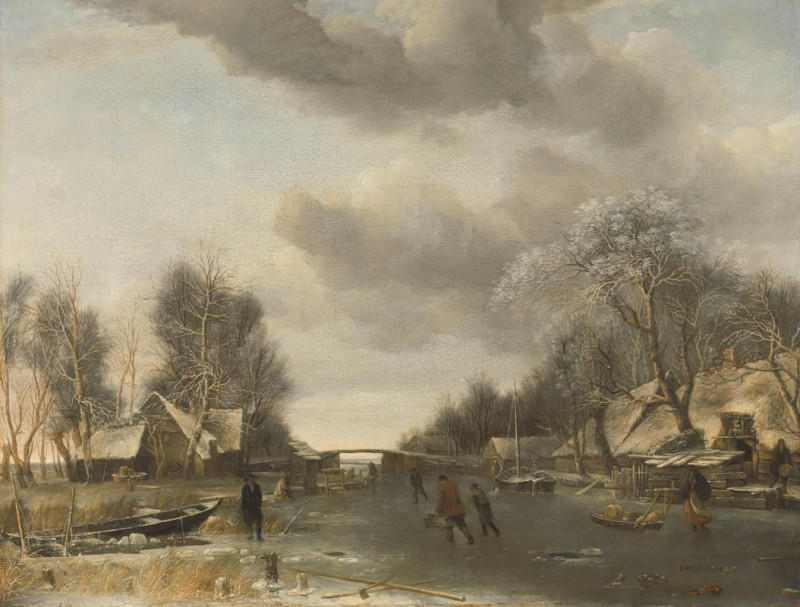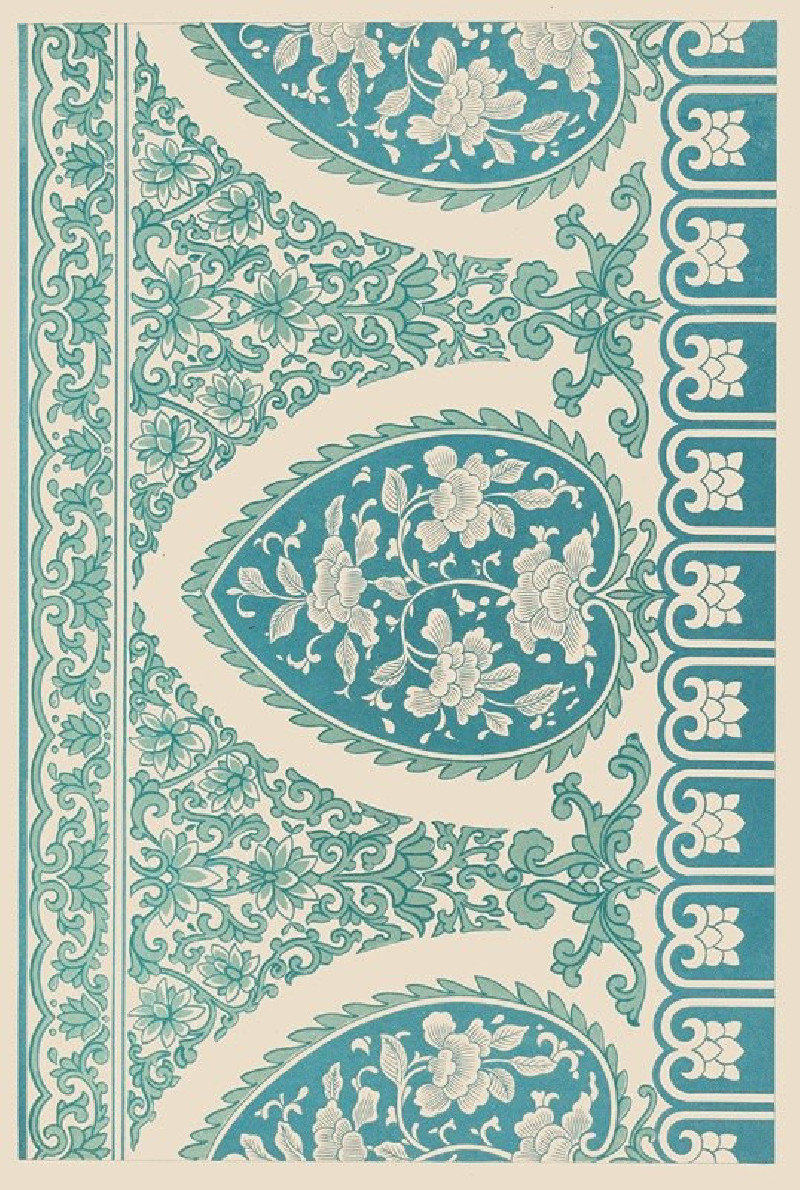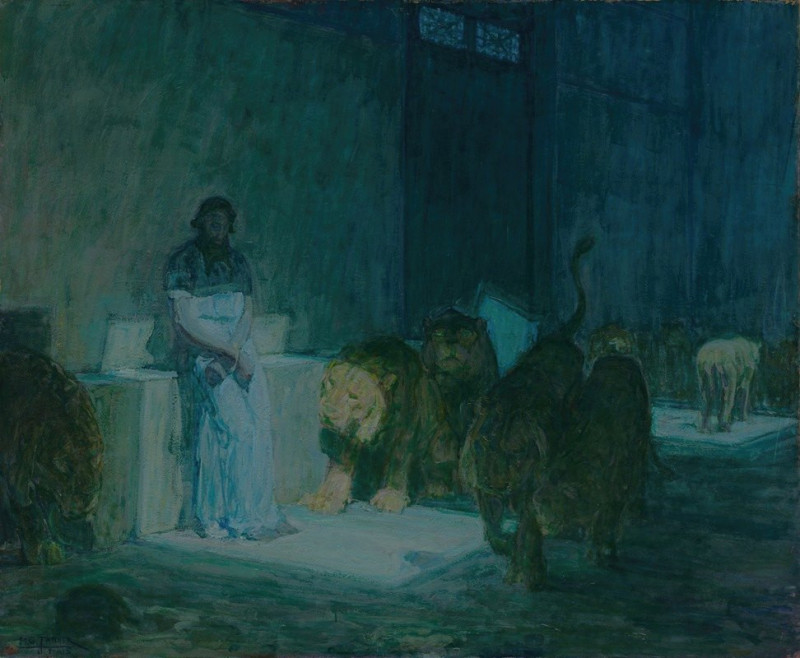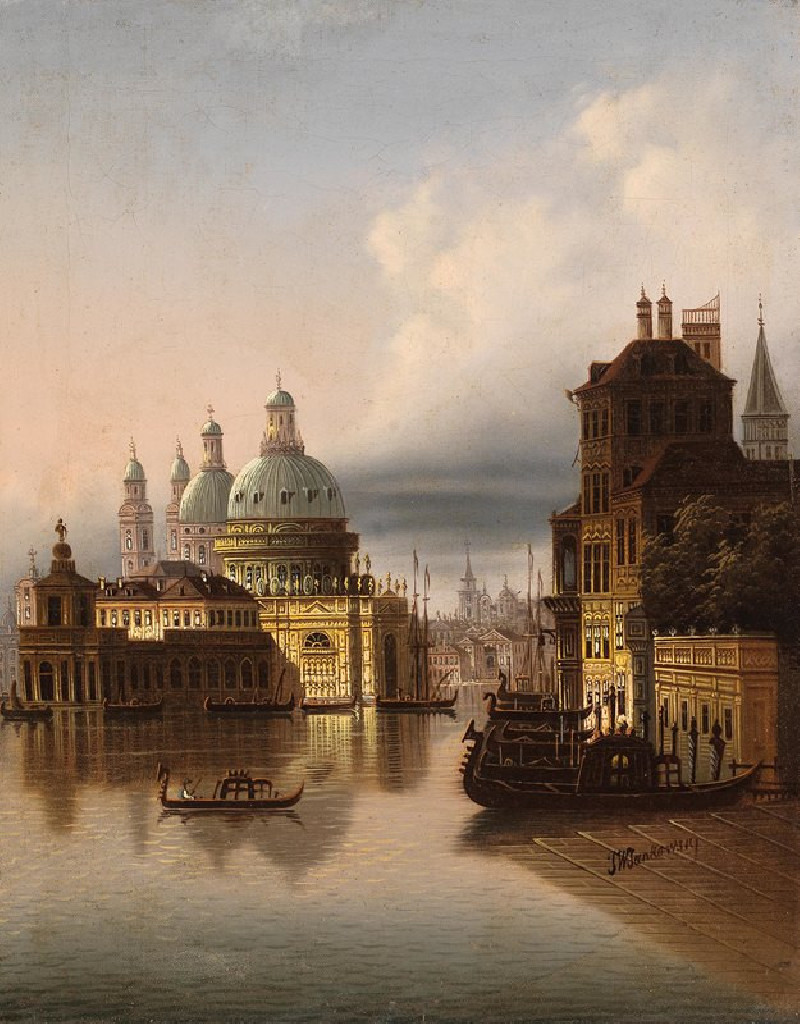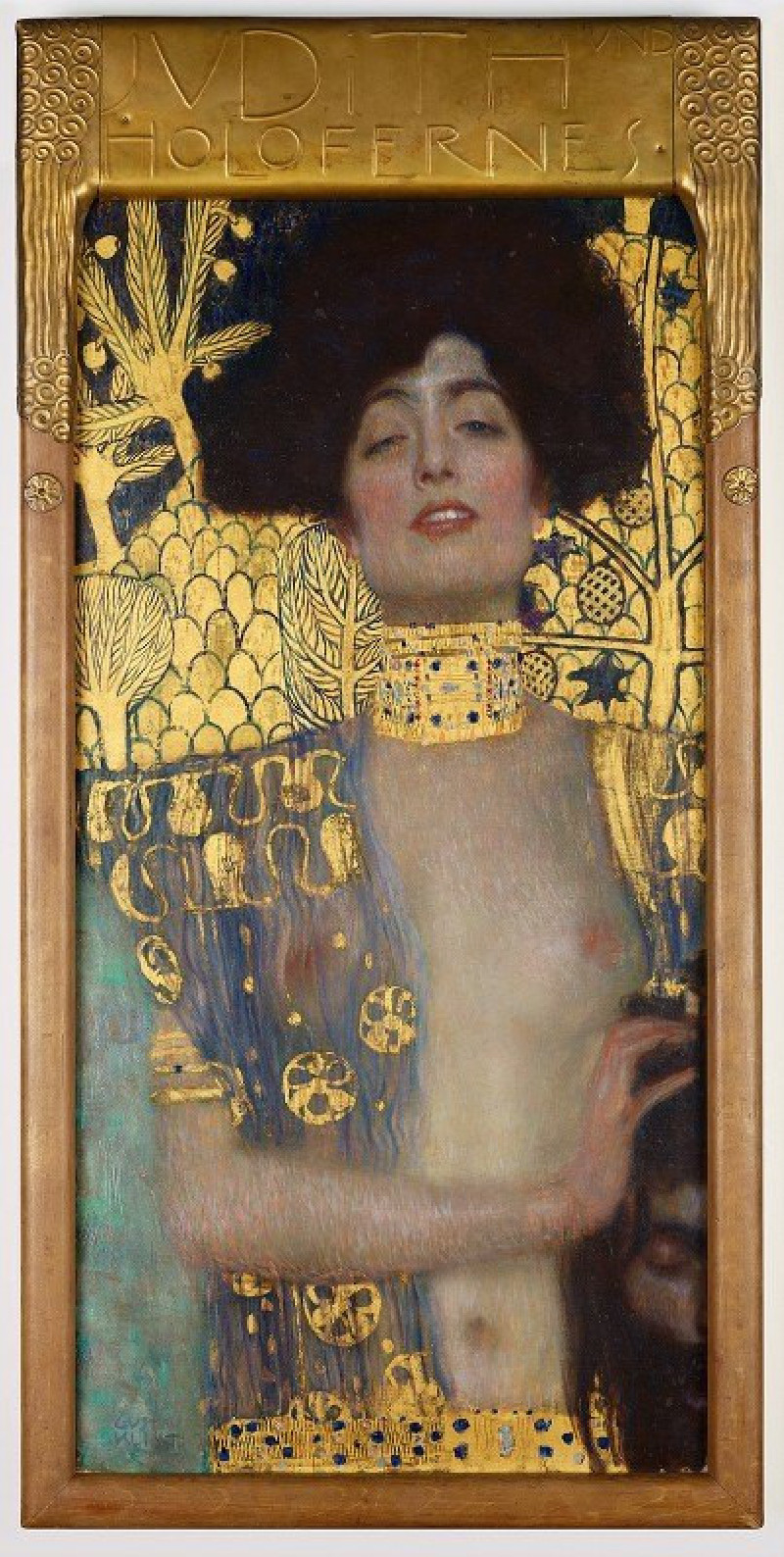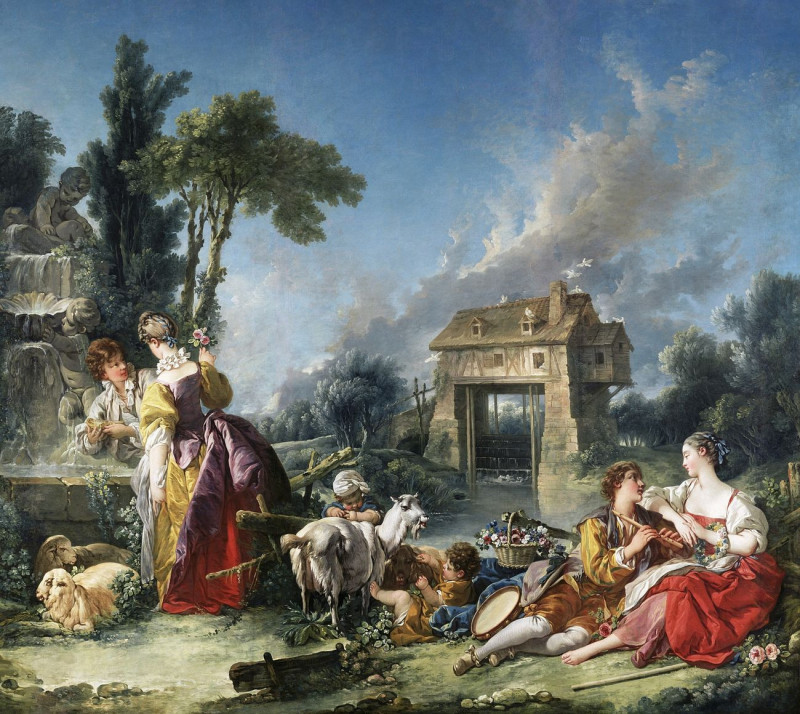Temptation of Adam (1776)
Technique: Giclée quality print
Recommended by our customers
More about this artwork
"Temptation of Adam" (1776), a profound work by James Barry, captures a pivotal moment in biblical lore — the temptation in the Garden of Eden. This evocative painting portrays Adam and Eve, the first humans according to Judeo-Christian scripture. They stand together in an idyllic yet densely wooded Eden, their figures illuminated against the shadowy grove that envelops them.Eve, to the left, is depicted gently grasping the forbidden fruit, her expression one of persuasive sincerity as she offers the fruit to Adam. Adam, whose posture and expression convey a blend of contemplation and reluctance, appears to be in a state of moral conflict. His hand is raised to his furrowed brow, symbolizing the weight of the decision before him. This gesture, combined with his downward gaze, suggests an inner turmoil about defying divine command.The surrounding environment reinforces the narrative's dramatic tension. The lush foliage and the serpentine creature lurking near their feet underscore the gravity of their choice, hinting at the lurking presence of deceit and temptation. Barry’s attention to detail, from the textural contrasts of the human form against the rugged landscape to the subtle interplay of light and shadow, adds a rich layer of depth and emotion to this historical scene.Through "Temptation of Adam," James Barry invites viewers to ponder themes of innocence, temptation, and the fundamental human struggle between duty and desire.
Delivery
Returns
James Barry (11 October 1741 – 22 February 1806) was an Irish painter, best remembered for his six-part series of paintings entitled The Progress of Human Culture in the Great Room of the Royal Society of Arts in London. Because of his determination to create art according to his own principles rather than those of his patrons, he is also noted for being one of the earliest romantic painters working in Britain, though as an artist few rated him highly until the fully comprehensive 1983 exhibition at the Tate Gallery led to a reassessment of this "notoriously belligerent personality”, who emerged as one of the most important Irish artists. He was also notable as a profound influence on William Blake.

